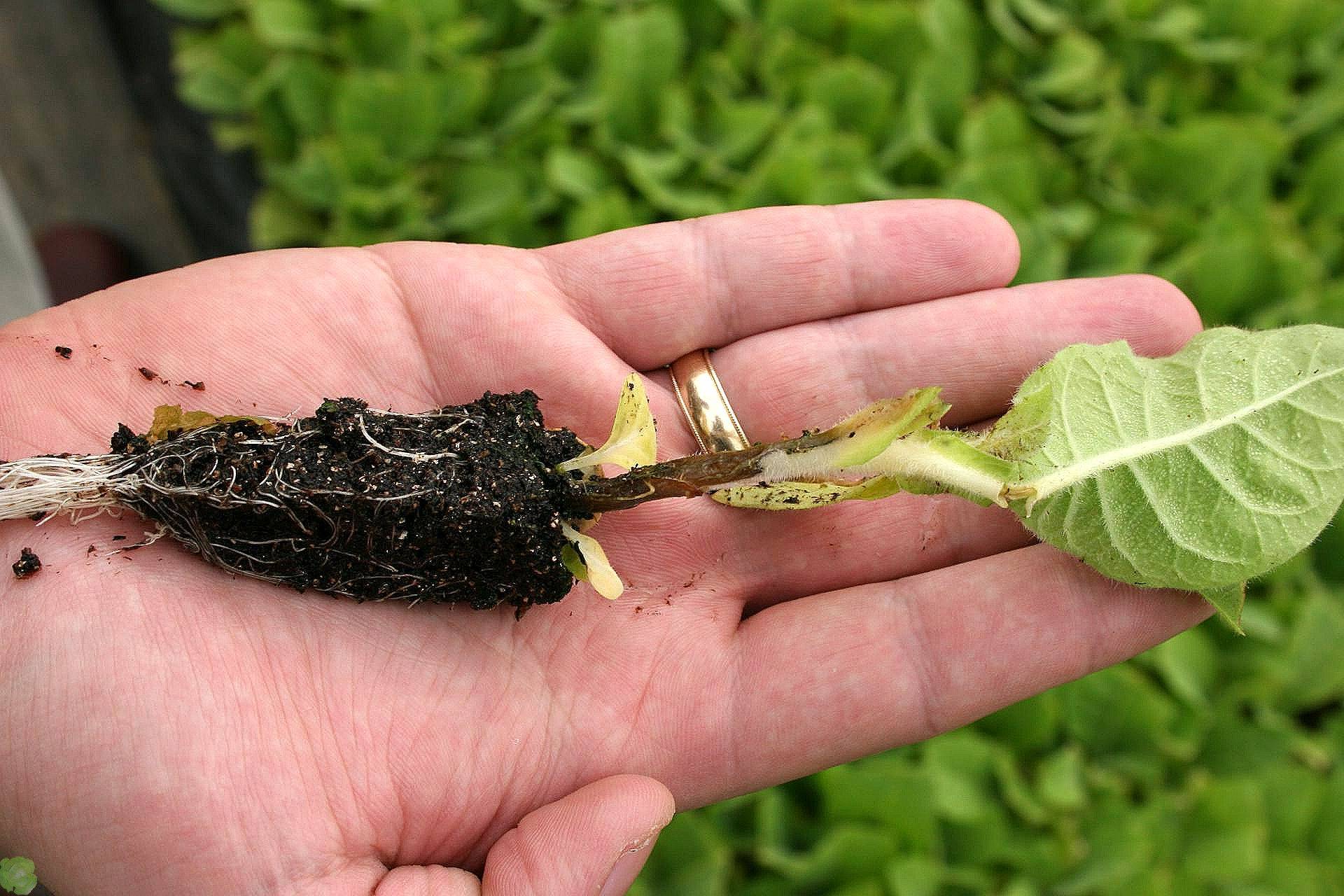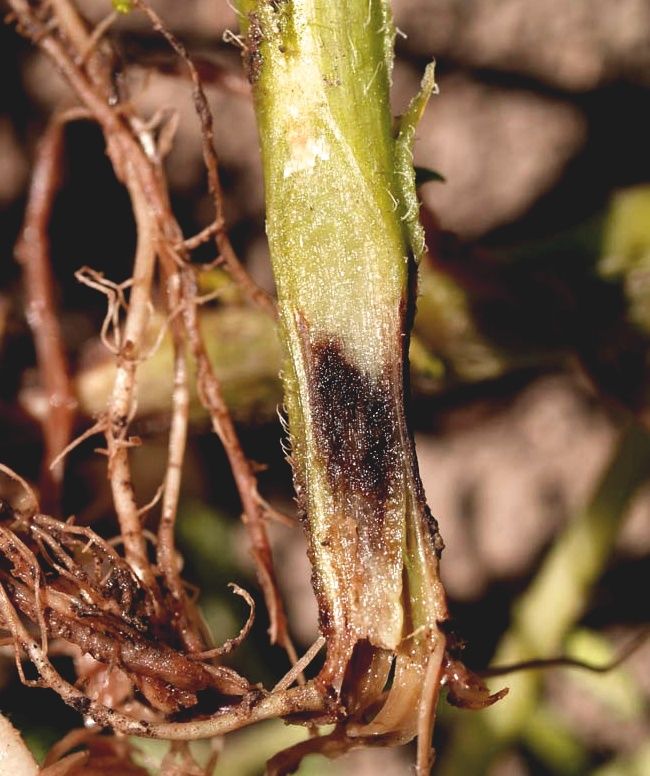WHAT IS ALTERNARIOSIS AND HOW TO PROTECT YOUR PLANTS FROM IT?
There are some parasites that seem to bring little, but complete harm and it is almost impossible to get rid of them, because they are easily transmitted from a plant to a plant, regardless of its species and variety. And this pest is fungui of the genus Alternaria, which cause a disease known as alternariosis in more than 500 plant species. This disease is also called "dry spotting", and it appears almost immediately after planting seedlings or seeds. And this is one of the most common problems of all gardeners in our climate zone.
What is the right thing to do so that this fungus does not settle on your site, and if settled, then did not have time to cause significant harm to the crop? And what precautionary measures will help prevent its occurrence on your tomatoes? But first you need to understand how to distinguish tomato alternariosis from a series other bacterial or fungal diseases.
How does alternariosis manifest itself on tomatoes and potatoes?
The first signs of alternariosis are its occuring on any part of the plant of rounded dry spots, which quickly increase in size, covering the whole plant. These formations are gray-brown in color, tomatoes especially can grow to large deep recesses, where infection or virus appears.
Fruits affected by dry spotting are unsafe to eat, have an unpleasant taste and unmarketable appearance. Among the tomatoes there is the only variety that can be considered conditionally resistant to Alternaria. It is called Firebird F1.
On potatoes, the disease can be seen as the same spots, but it also affects tubers. In this culture there are several varieties relatively well resistant to the pathogen: Skarb, Temp, Zhivitsa and others.
Besides these plants, alternariosis affects grapes, apple trees, cabbage, peppers, onions and other cultivated plants. Therefore, timely treatment and immediate actions can help you keep the crop on all beds.
Where does alternariosis come from on the site?
Spores of the fungus of the genus Alternaria can enter the site in two ways: fly alone or be an airborne particle.Wind, birds, insects can transmit spores over impressive distances, therefore, it is impossible to trace the source of infection. But the second way spores get into the garden can be completely controlled. Fungai may be brought:
- on seedlings or seeds (pre-treatment of all plants before landing)
- on tools and garden clothing (regular cleaning and disinfection of everything that touches the ground)
- with leaf mold or fertilizers (before applying it is necessary to process the substrate with one of the antifungal drugs).
Unfortunately, these measures are not enough to effectively combat Alternaria. What else needs to be done so that even spores that have got to the site cannot take root there?
The first is the correct planting of plants to avoid excessive thickening and to ensure ventilation of all parts of the plant.
The second is the processing of seed material before planting. And you definitely can't collect and use seeds from diseased plants for planting, even if some fruits look healthy.
The third - regular check plants, when the first spots appear on the leaves and stems, immediately begin the treatment.
The fourth is to regularly and timely remove plant residues from the ground, and burn damaged bushes.
The fifth is to follow proper watering schedule, so as not to create excessive moisture.
And the sixth - the competent introduction of microelements into the soil, there should not be any lack or excess.
Why is this fungal disease dangerous for tomatoes?
Dark spots on tomatoes indicate that the fruit is not edible. And if there is more than half of the fruits, then the yield of the bushes will be minimal. If not on time take action, then the plants will simply die, leaving fungal spores for the next generations. And even if you destroy the affected seedlings, then most likely the disease will not disappear in one year, processing will still have to be carried out.
How to prevent the appearance of alternariosis on plants?
To prevent dry spot disease, you should choose plants that are resistant to this fungus, plant them correctly, properly prepare the soil for planting, caring for plants, watering moderately, taking timely measures and respond quickly to the first symptoms of alternaria solani sorauer activity.
Effective remedies for alternariosis.
In order to cure alternariosis of potatoes and other solanaceous crops, it is necessary to choose remedies with antifungal action. But whichever you choose, it must be used at least 2 times at intervals of 2 weeks until the symptoms disappear.
For those who are against chemistry usage, there are so-called folk methods: treatment with kefir, ash infused in water or a dissolved mixture of soap and soda.
These funds increase the plant immunity and prevent alternariosis and other diseases occurance..
You can use chemical pesticides such as Maxim, Scor, Abiga-Peak and other. All of them are sold in stores for gardeners with detailed instructions for application: how to induce a solution, how much water to take and how to spray bushes. In addition, you can use biological pesticides - Fitosporin-M, Gamair and others. Whatever chemicals you choose, you can apply them much in advance harvesting so that fungicides do not get into food.
Подпишитесь на обновления и узнавайте первыми о выходе новых статей




